 Abraham Lincoln
If given the truth, the people can be depended upon to meet any national crisis...
Abraham Lincoln
If given the truth, the people can be depended upon to meet any national crisis...
 Guildford news...
for Guildford people, brought to you by Guildford reporters - Guildford's own news service
Guildford news...
for Guildford people, brought to you by Guildford reporters - Guildford's own news service
Birdwatcher’s Diary No.195
Published on: 24 Sep, 2019
Updated on: 24 Sep, 2019
By Malcolm Fincham
A continuation of fine, sunny and dry weather in the south-eastern quarter of the country during the first weeks of September allowed me ample opportunities of getting out and about around the Surrey Hills with my camera.
In spite of the warm days, the signs of autumn were already beginning to show. With the evenings rapidly closing in, my available time for photography was lessening.
My month began at Papercourt water meadows, near Send, again viewing one of the whinchats I had seen there just a few days previously. This time, however, with the addition of friends, Bob and Dougal, who both still needed to see one for their year lists.
On visiting Whitmoor Common, just to the north of Guildford, a few days later I was pleasantly surprised to spot another whinchat as it perched on top of a pine sapling, stopping off for a rest on its migratory route back to Africa.
Stonechats were still plentiful there, with males, females and young, all viewable.
Dartford warblers had also done well this year.
A roe deer poked its head up from an area of long grass.
Soon after a red kite flew low across the heath.
Distracted by its observations of a possible victim, a sparrowhawk gazed out from a silver birch tree, unaware of my presence.
Walking under a covering of oak trees that lined the heath, several nuthatches could be heard in conversation with each other, allowing me a few photos of one as it worked its way along a branch.
While through a gap in the canopy a juvenile common buzzard continued to mew loudly as it briefly came into my vision, overhead.
At Britten’s Pond, near Whitmoor Common, long-tailed tits, chiffchaffs and goldcrests could be seen feeding on insects in the trees and bushes around the water’s edge.
Finding one of several benches, at intermittent intervals, I decided it was time to relax a while and sat down to watch as the lowering evening sunlight glistened across the lake.
I was half-hoping to spot one of the kingfishers I photographed as it sat on a fishing rod and published in my previous report. I didn’t leave disappointed. Although not getting the photos I achieved on my previous visit, I didn’t need to wait long before I spotted both kingfishers on the far side of the pond.
Eventually my patience paid off as one of them worked its way around the margins in my direction. Flying low across the water, like a bullet from a gun, it finally flew across in front of me allowing a few shots as it “zipped” past.
A couple of visits to Thursley Common during the first weeks of September allowed me consecutive sightings of red kites. On the first occasion I managed to photograph one as it flew low across Pudmore Pond, as I walked along the longest of the boardwalks there.
As I continued to admire its majestic flight, it made the decision to perch up in a dead tree across the marsh, much to the disgust of a corvid perched in the same tree.
A few days later two could be seen together at Thursley, as they glided slowly over “Shrike Hill”.
In addition, a hobby was also viewed from the same area, occasionally diving low over the heath at pace, attempting to catch dragonflies.
Of the variety of dragonflies seen there, a black darter was seen on the boardwalk.
I was alerted to the news that a rare traveller had made a visit to Farlington Marshes in Hampshire. It was an eastern olivaceous warbler, a small passerine bird with drab plumage tones. For the most part it breeds in the northern Afro-tropics and winters in south-eastern Europe, the Middle East.
Southerly winds had possibly confused its migration route, making it now, I believe, a “first” for Hampshire! Certainly a first for me.
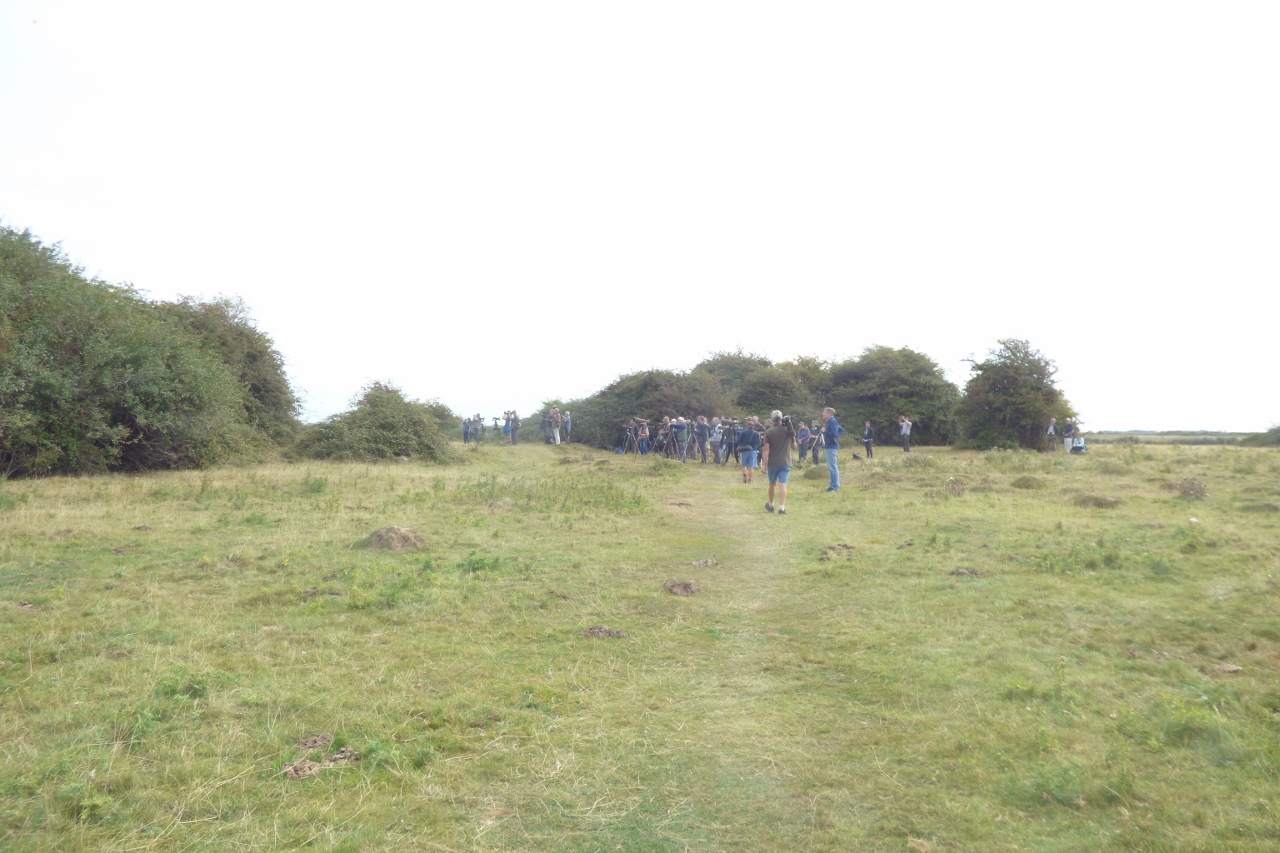
Gathering of a growing clan of birdwatchers hoping to spot the the eastern olivaceous warbler at Farlington.
Although only infrequently “showing-well”, I was fortunate to arrive while it was willing to make its presence known in the warmth of the sunshine to a group of delighted observers.
An addition to my “year-list”, while there were two ospreys. These could be seen from the seawall, perched in some dead trees, as one looked eastward toward North Binnes Island.
For a spell, one of them could be seen from a distance circling the waters around Langstone Harbour, occasionally diving into the sea in hope of catching a fish.
Other delights taking my interest that day were the growing number of murmurating starlings. Occasionally a group 30 or more could be seen, breaking from the pack, descending together into a thicket of brambles to gouge on its blackberries.
Adding to my photos that day was a lesser whitethroat.
At least three wheatears could also be viewed.
One even showed off why it was once better known by less cultured, pre-Victorians as a white-arse.
Several whinchats could likewise be seen, also readying themselves for migration.
Yellow wagtails, seen feeding among the cattle, were also preparing to what was becoming a mass exodus of our summer visitors.
A bonus sighting was a small critter that poked its head out from a grassy verge. Small in size, I was almost certain it was a weasel. Without seeing a distinctive black tip on the tail, I had wondered whether it was a stoat.
Highlights of the first weeks of September at the Riverside Nature Reserve near Burtpham included a verity of species of dragonfly around the area of Stoke Lake.
Migrant hawker dragonflies were in good number, hovering around the margins of the lakeside. A few males and females could be seen mating, linked together in what appeared to be quite an awkward flight pattern.
A brown hawker dragonfly could be seen perched on a log at the water’s edge laying her eggs in the mud below.
While what I believe to be a red-eyed damselfly perched on a reed that poked out of the water.
Around the lakeside, a grey wagtail flitted back and forth, occasionally fly-catching over the water.
A surprise sighting was a grey heron that landed on the water on a deep part of the lake. Floating like a duck is a habit I don’t recall having seen before.
It wasn’t long before it felt out of its comfort zone and took flight once more to a shallower part of the lake.
Across the field a roe deer skipped with ease along the hedgerow.
The highlight of my visits there were the continued sighting of two kingfishers around the lake.
I was especially pleased to be in the right place at the right time when one of them decided to perch for just a few seconds on one of the “no fishing” signs.
Adding to the signs of summer coming to a close, five tufted ducks had arrived back at the lake to winter there.
And with evening rapidly closing in, there was only just enough time to get back to Stoke Lock and watch the sun go down over the sewage works.

Click on cartoon for Dragon story: Public Asked for Views on SCC’s Proposal for Reduced Speed Limits



Recent Articles
- Guildford Museum Works to Encourage Interest in Town’s History
- Missing 15-year-old girl located
- What Ash Wants – Village’s Neighbourhood Plan Goes out For Consultation
- St Nicolas’ Infant School Celebrates ‘Good’ Ofsted Rating
- Former Guildford Policeman Admits Misconduct In Public Office
- Letter: Nothing Prepared Me for the Scene of Destruction
- Have You Seen Missing Scarlet-Rose?
- Guildford’s MP Cuts the Ribbon at Merrow Post Office Opening
- Letter: Recreational Rowing Might Be the Answer
- A281 Closure – Additional Works To Take Advantage of Road Closure


Search in Site
Media Gallery
Dragon Interview: Local Artist Leaves Her Mark At One of England’s Most Historic Buildings
January 21, 2023 / No Comment / Read MoreDragon Interview: Lib Dem Planning Chair: ‘Current Policy Doesn’t Work for Local People’
January 19, 2023 / No Comment / Read MoreA3 Tunnel in Guildford ‘Necessary’ for New Homes, Says Guildford’s MP
January 10, 2023 / No Comment / Read More‘Madness’ for London Road Scheme to Go Ahead Against ‘Huge Opposition’, Says SCC Leader
January 6, 2023 / No Comment / Read MoreCouncillor’s Son Starts Campaign for More Consultation on North Street Plan
December 30, 2022 / No Comment / Read MoreCounty Council Climbs Down Over London Road Works – Further ‘Engagement’ Period Announced
December 14, 2022 / No Comment / Read MoreDragon Interview: GBC Reaction to the Government’s Expected Decision to Relax Housing Targets
December 7, 2022 / No Comment / Read MoreHow Can Our Town Centre Businesses Recover? Watch the Shop Front Debate
May 18, 2020 / No Comment / Read More














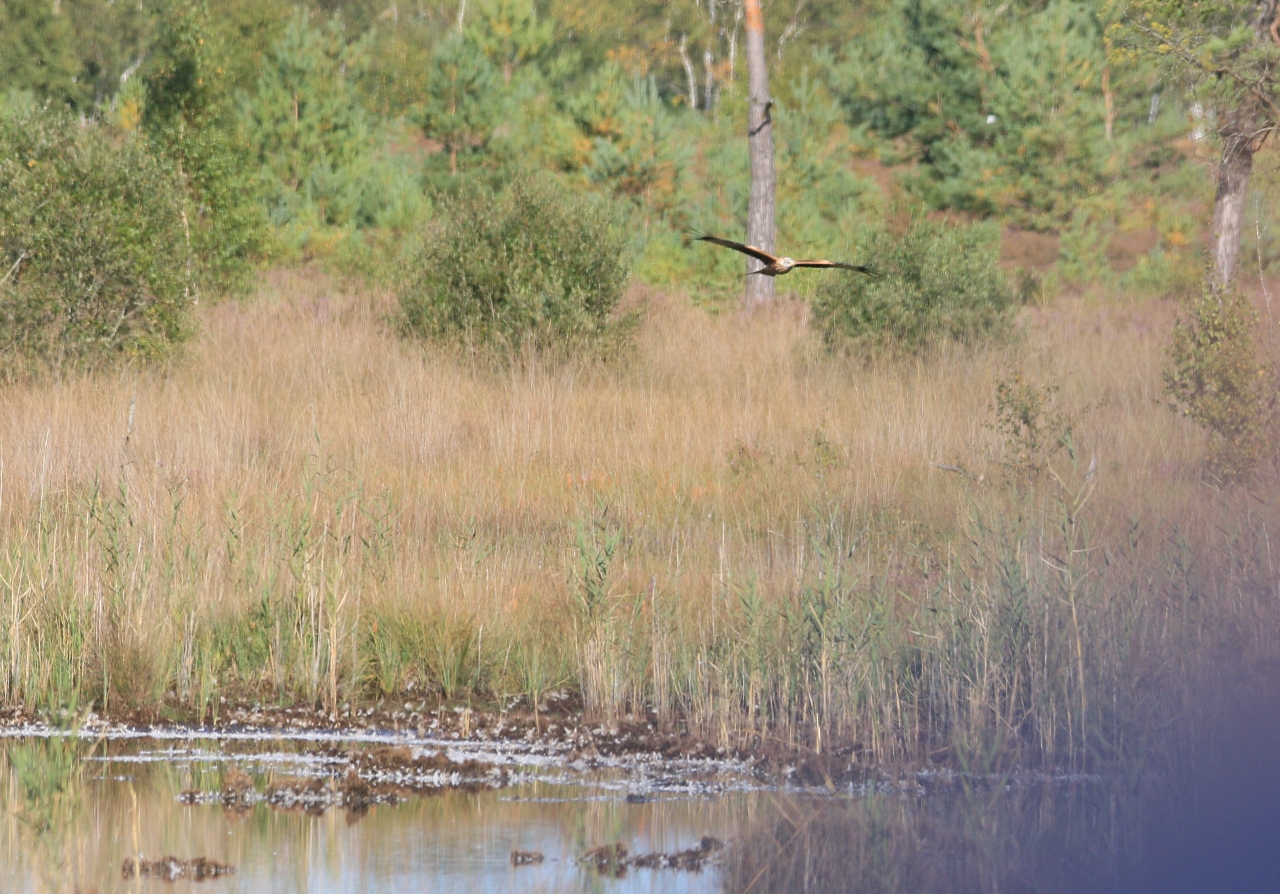
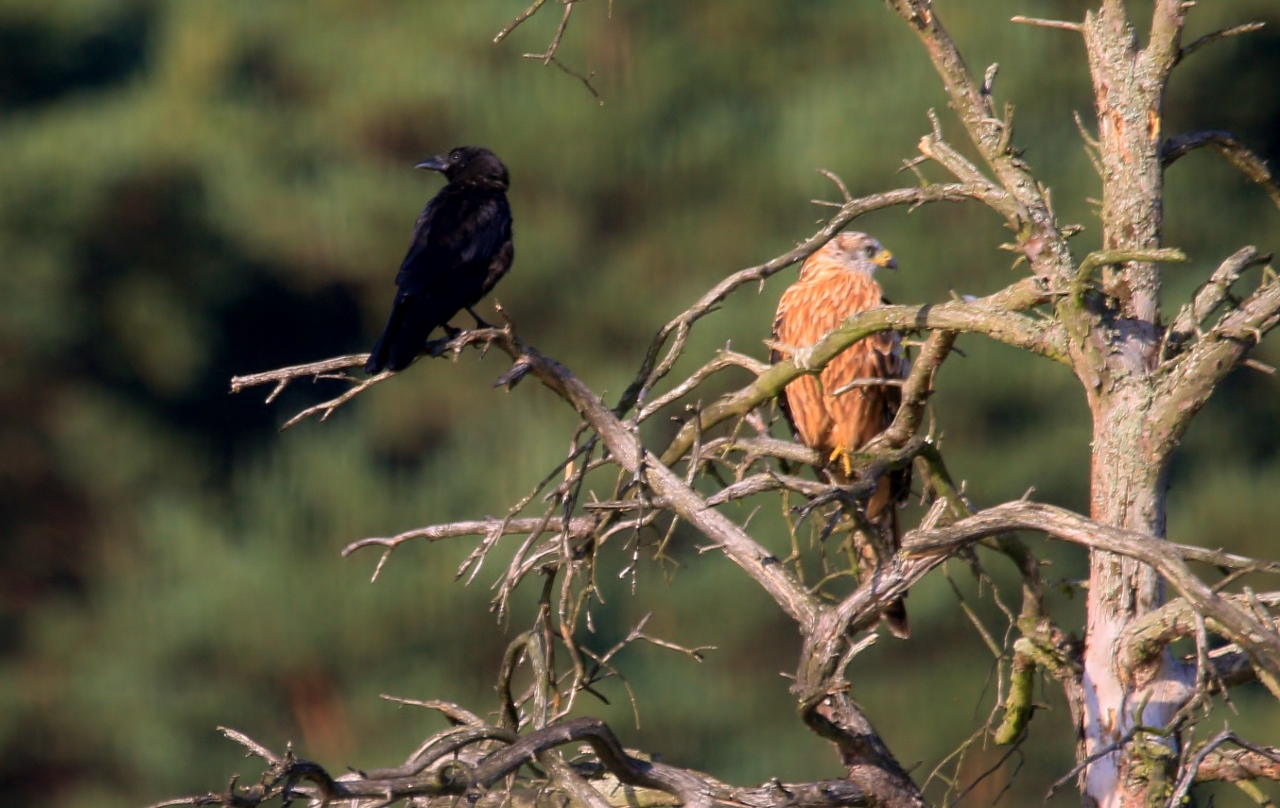
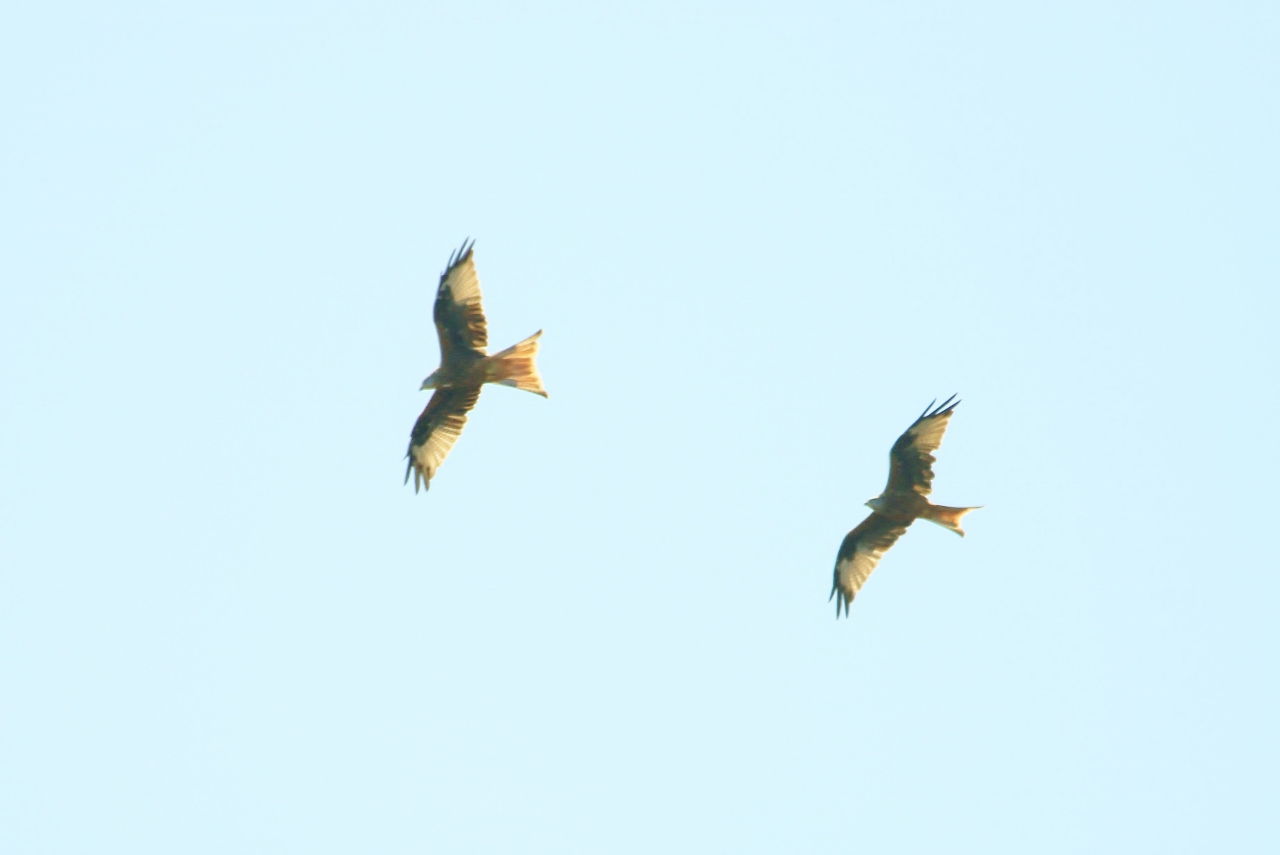
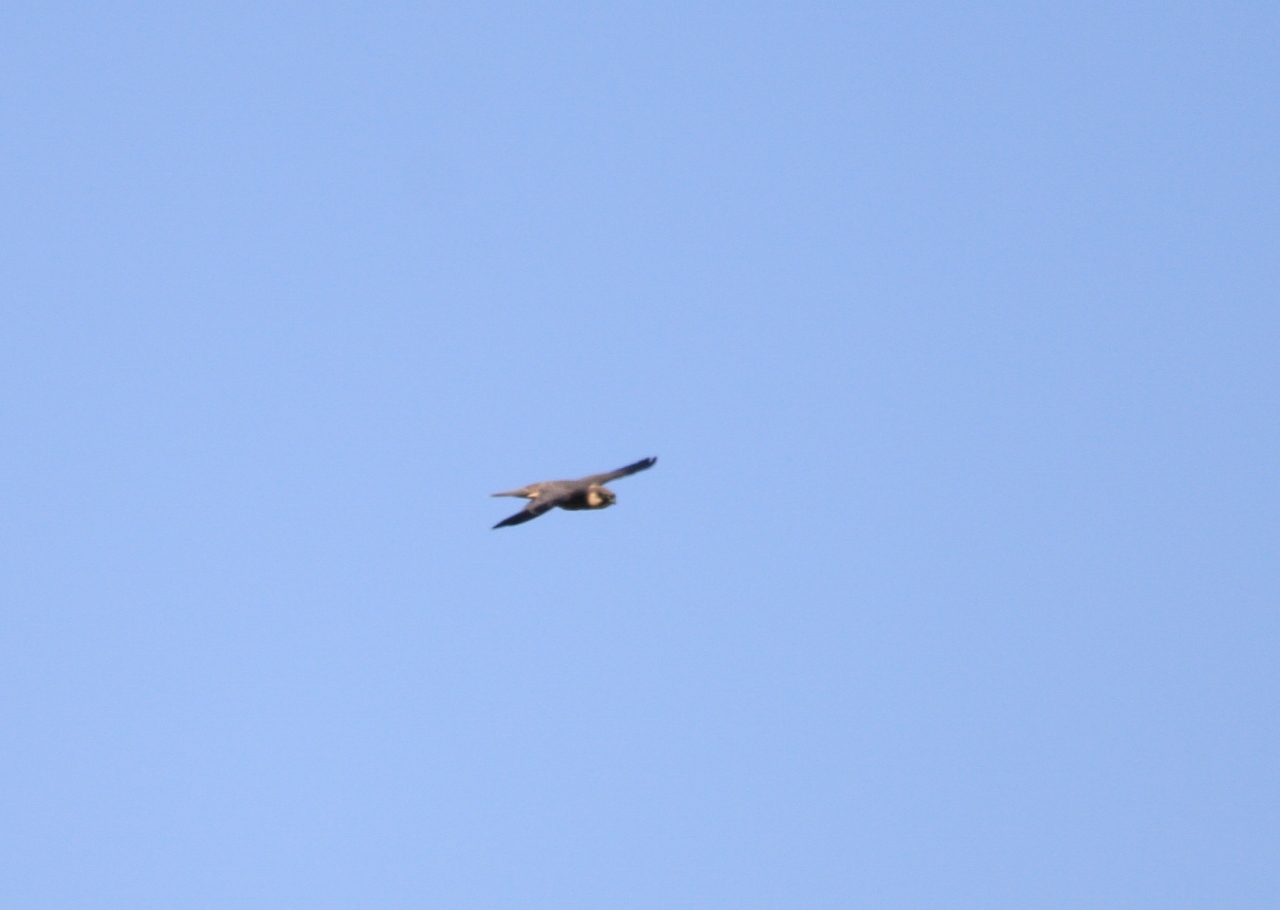
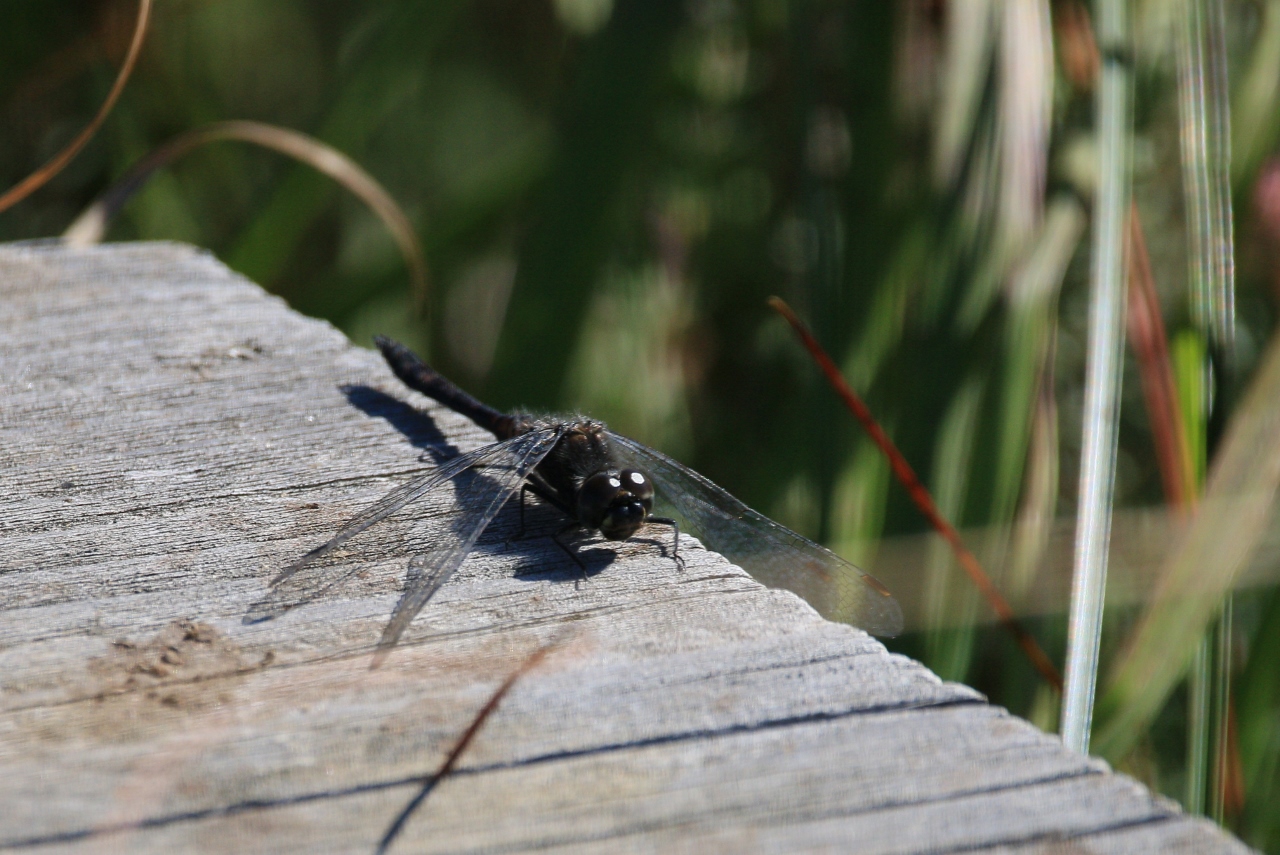

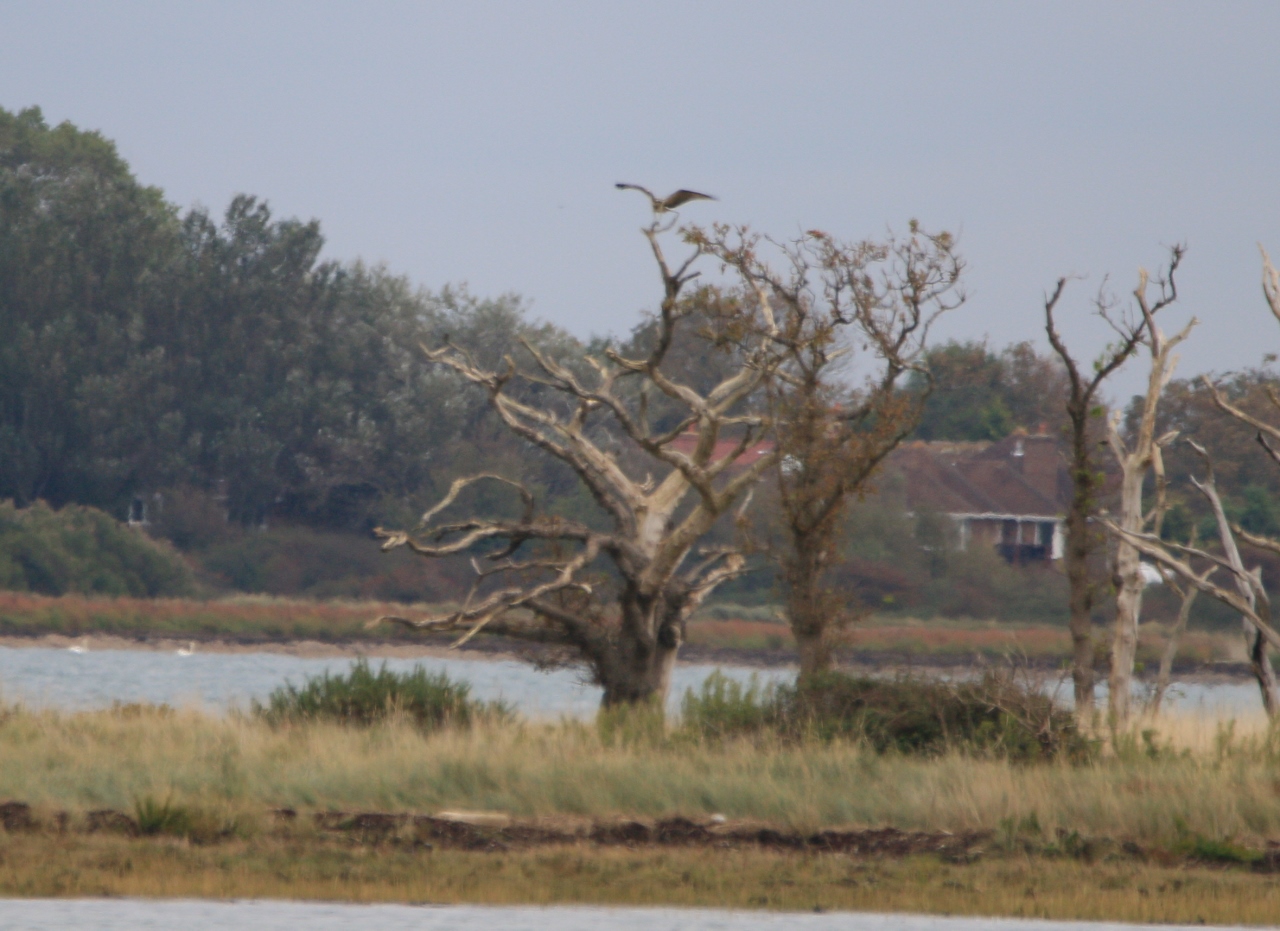
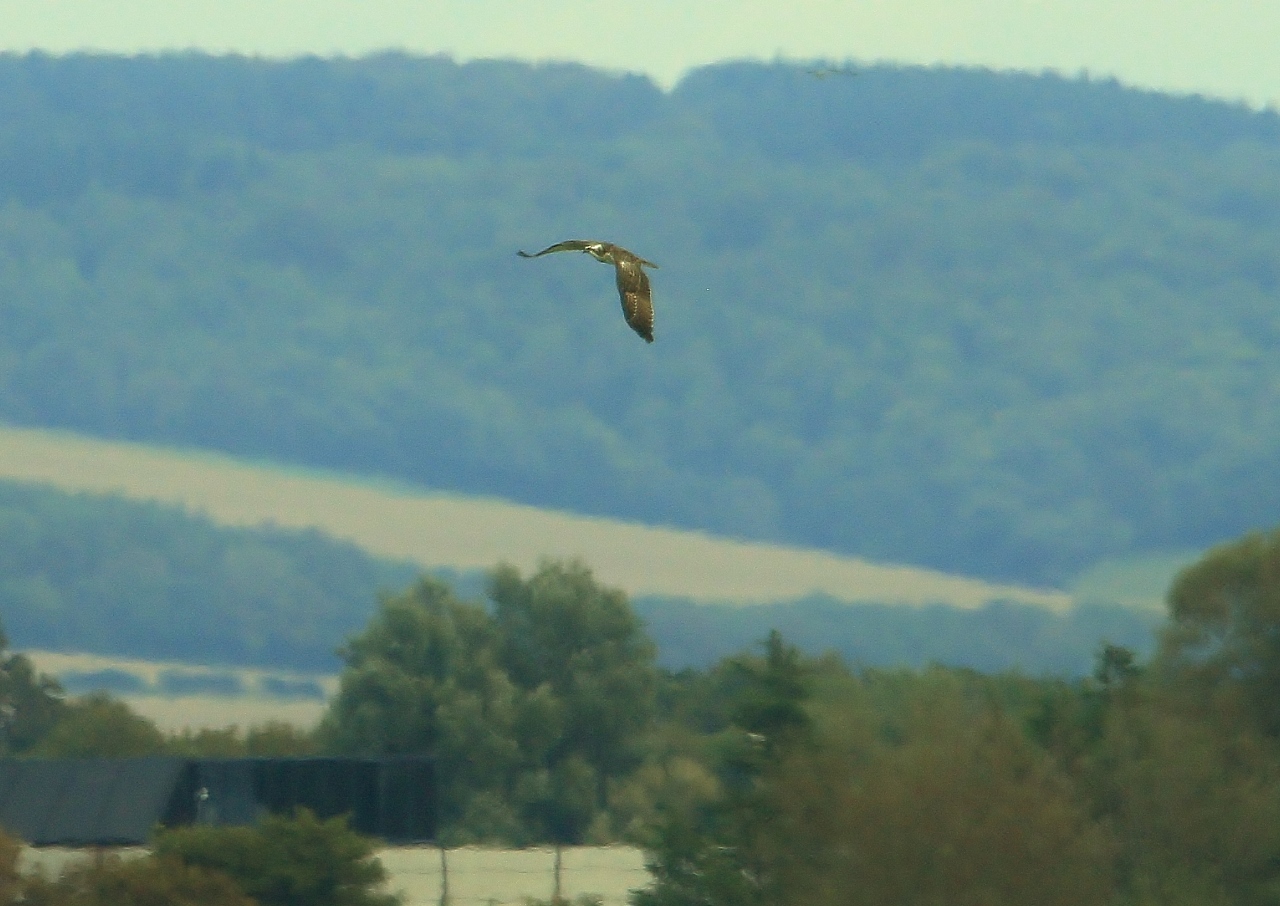
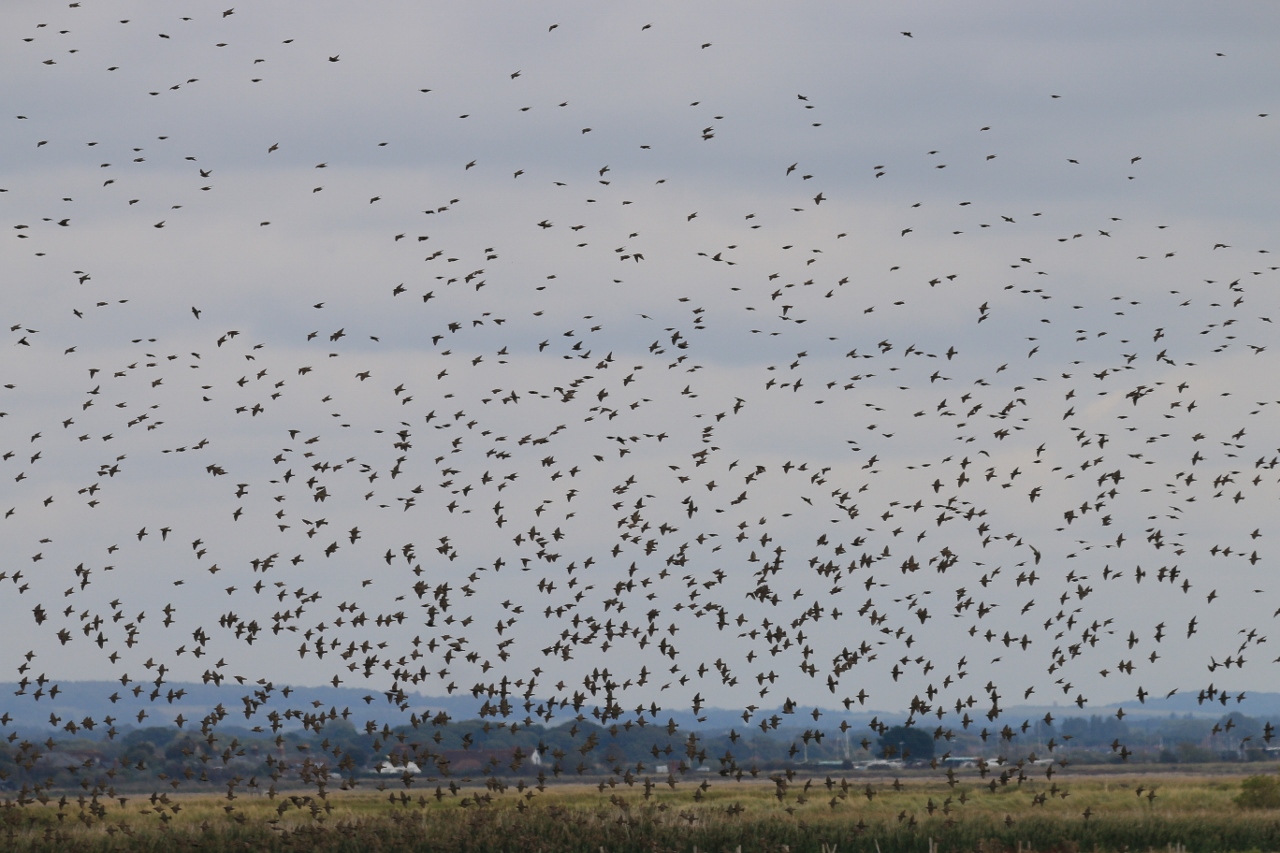

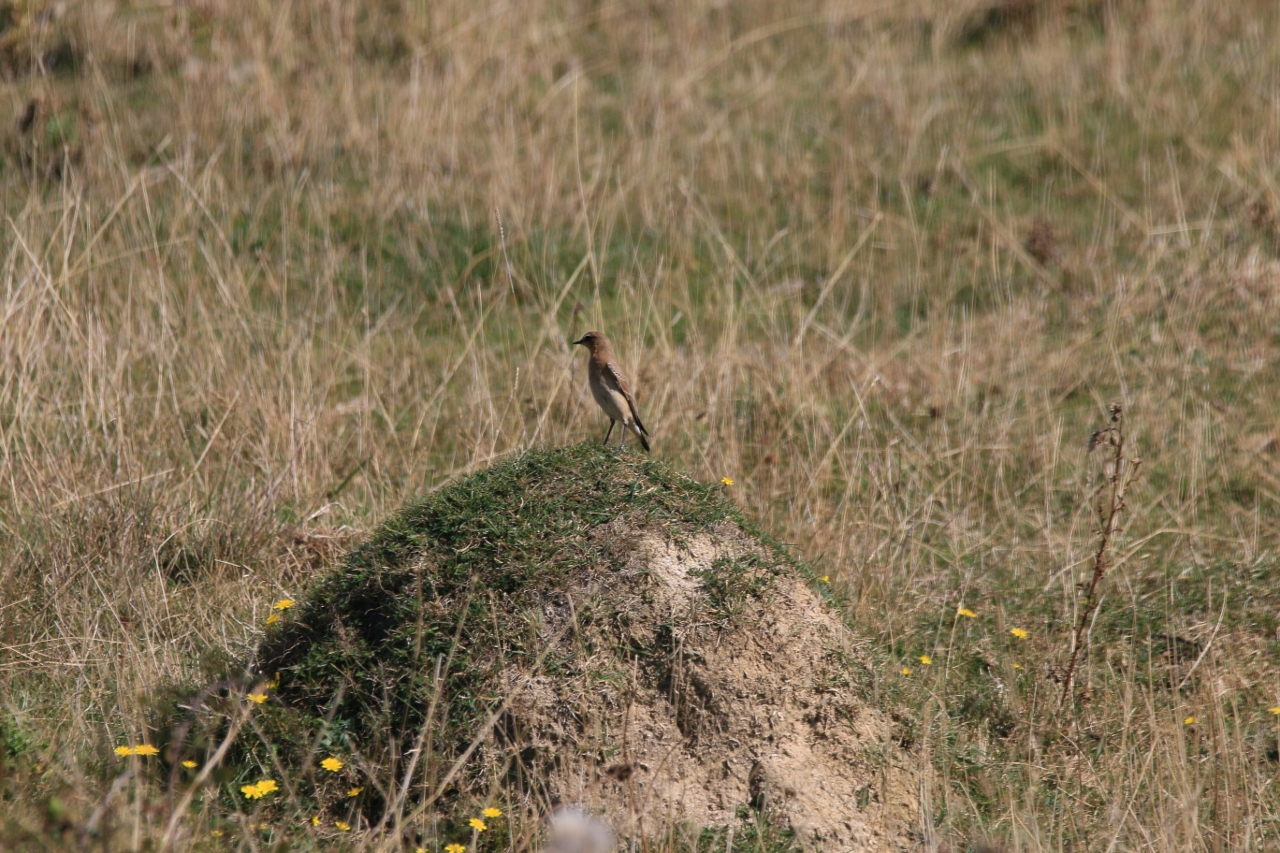
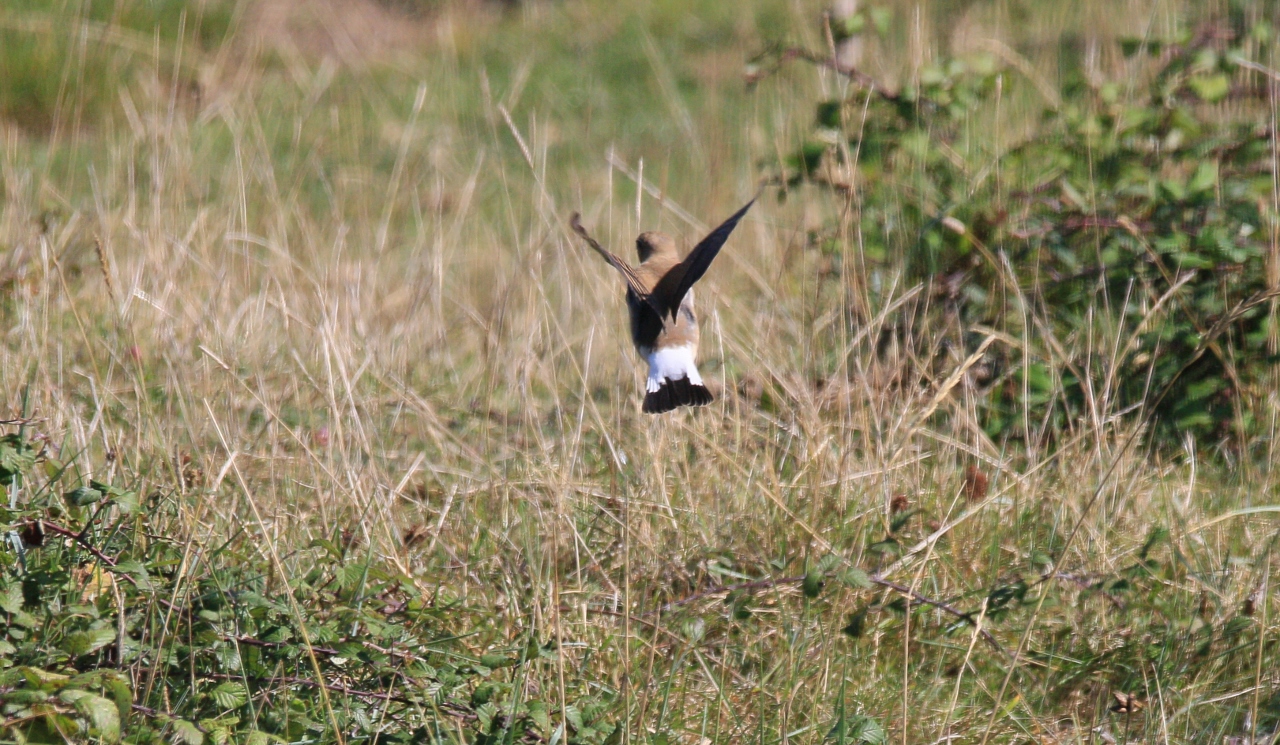


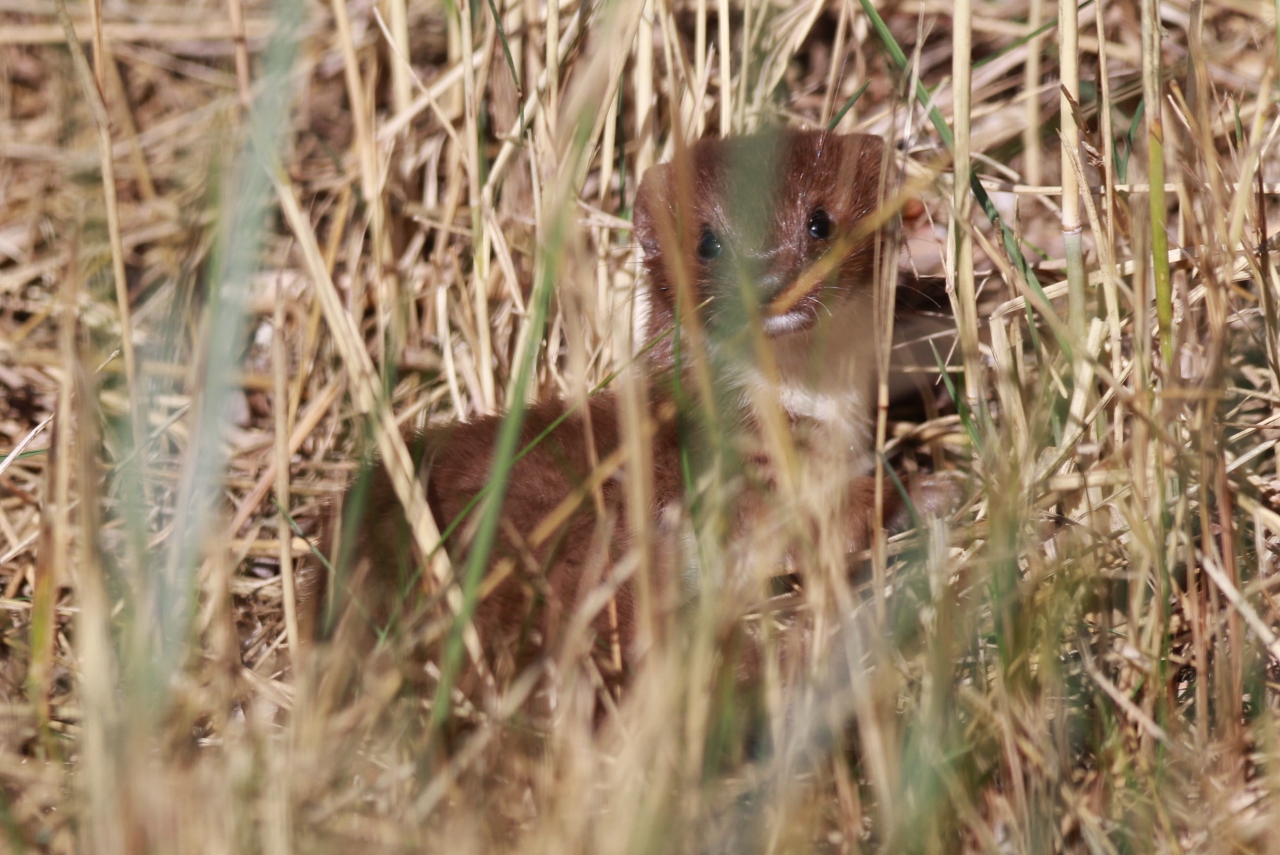

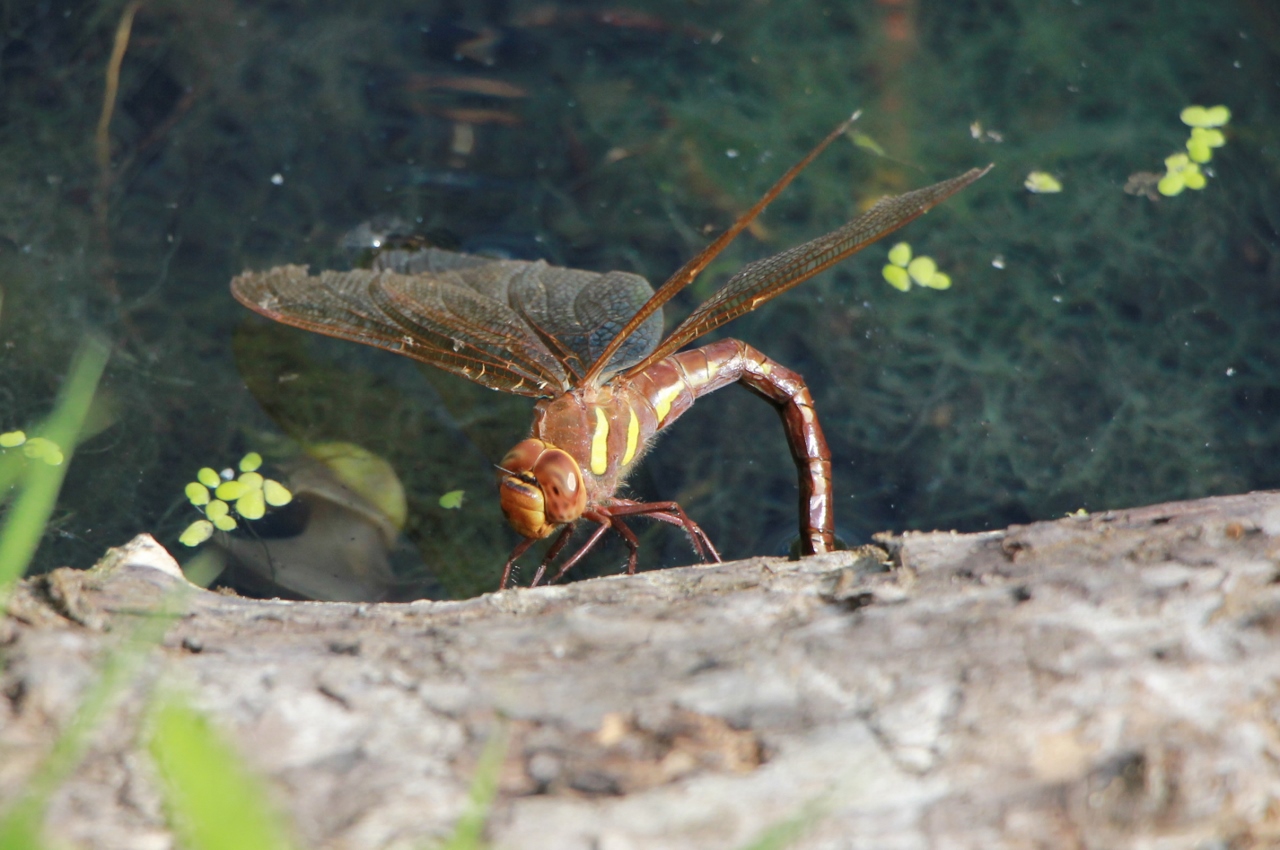
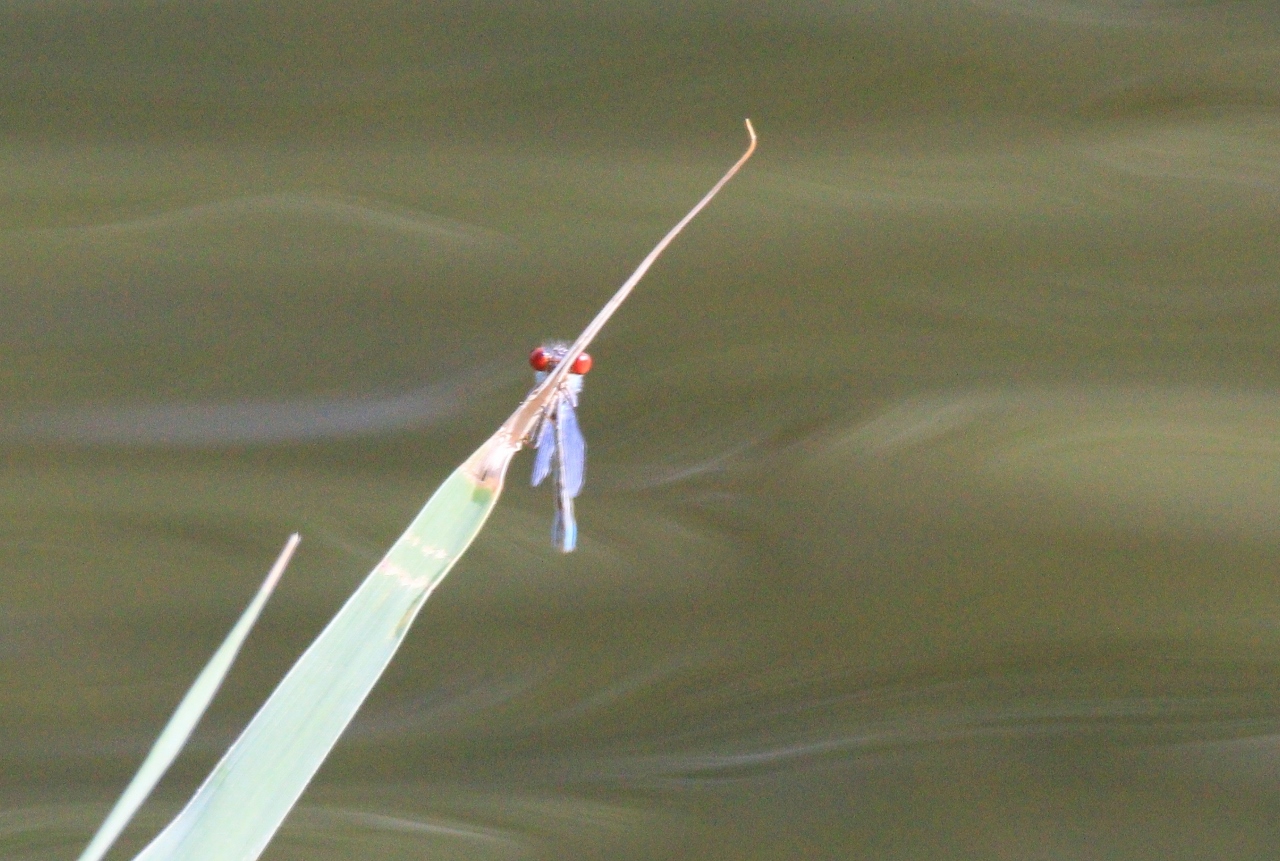
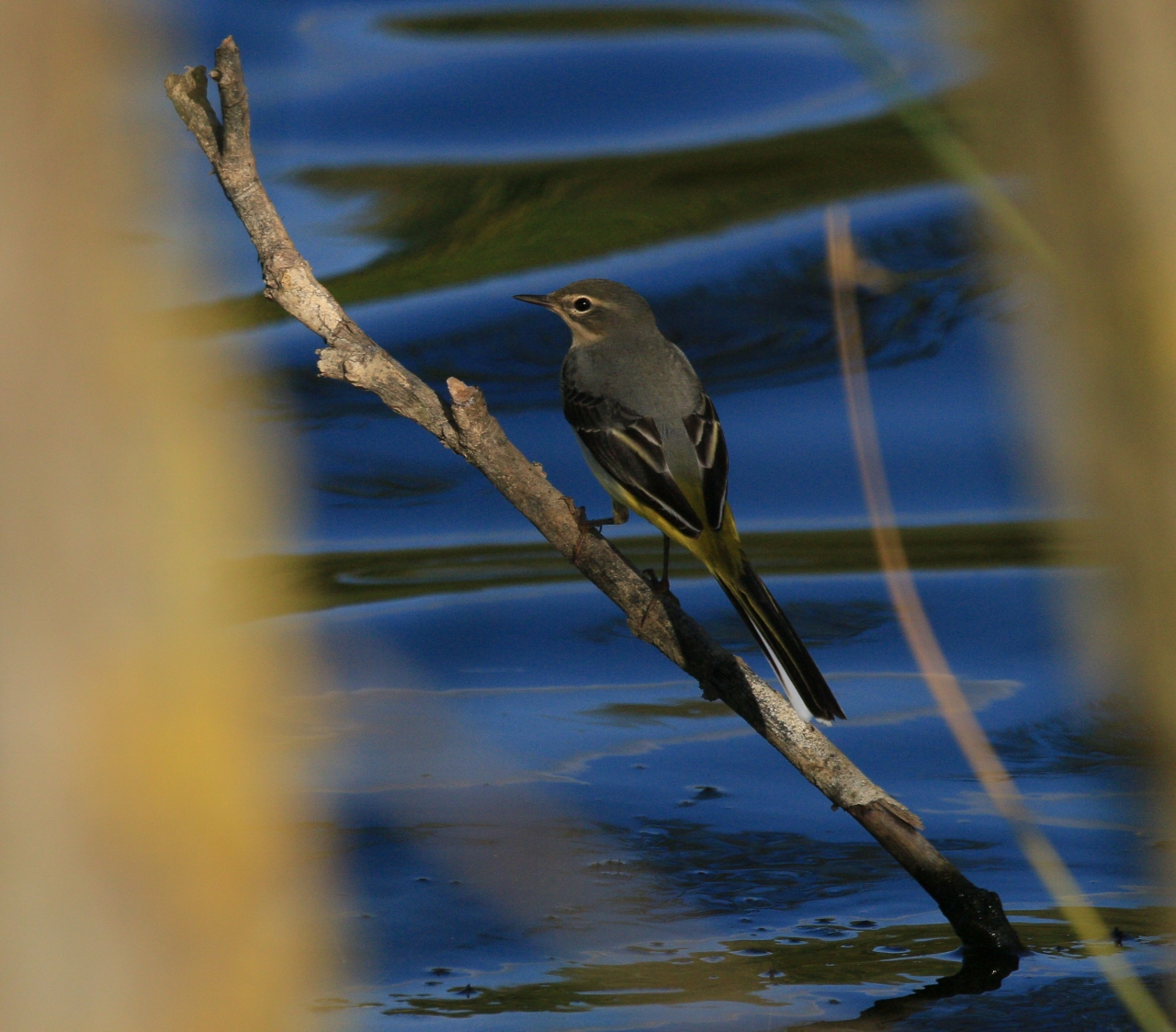
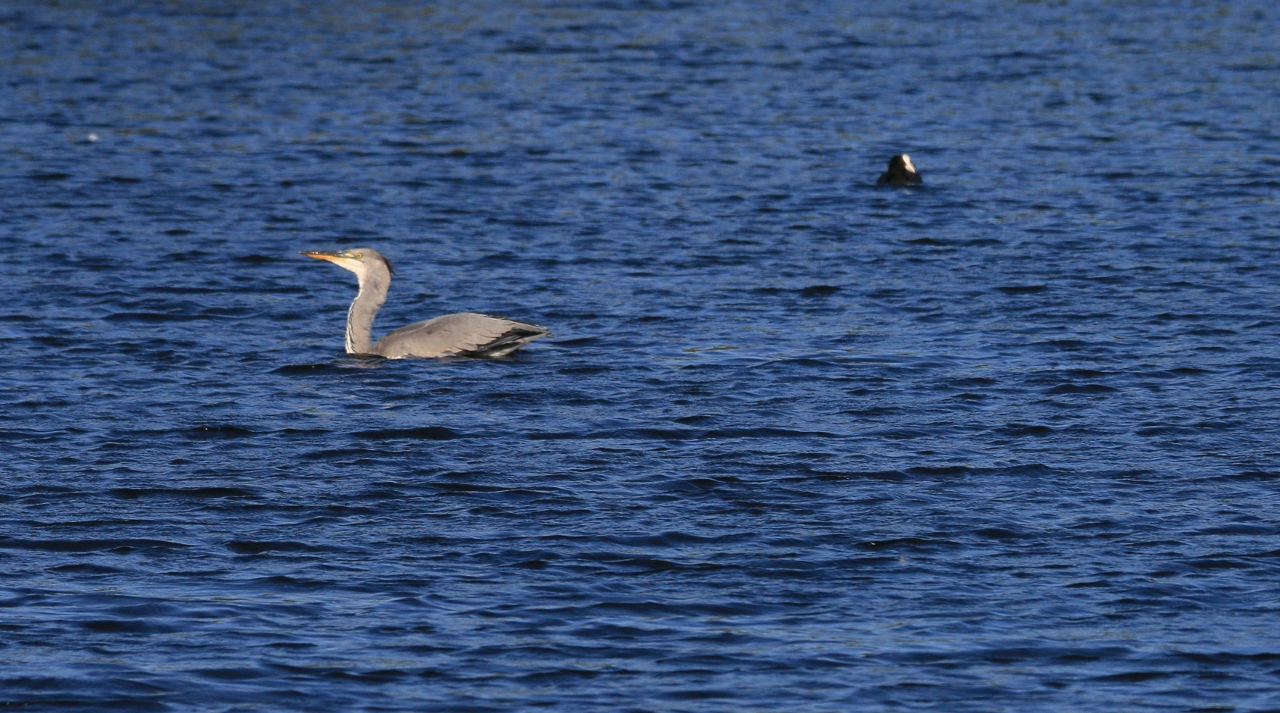
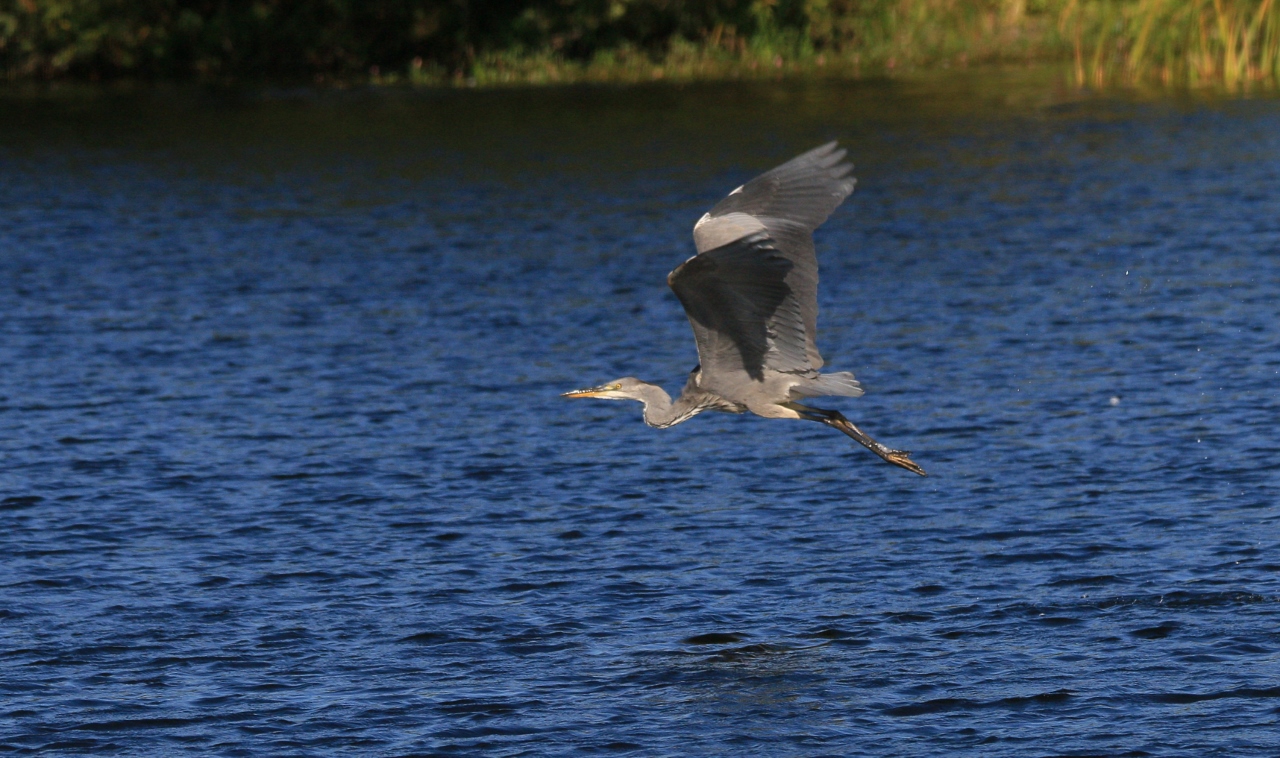
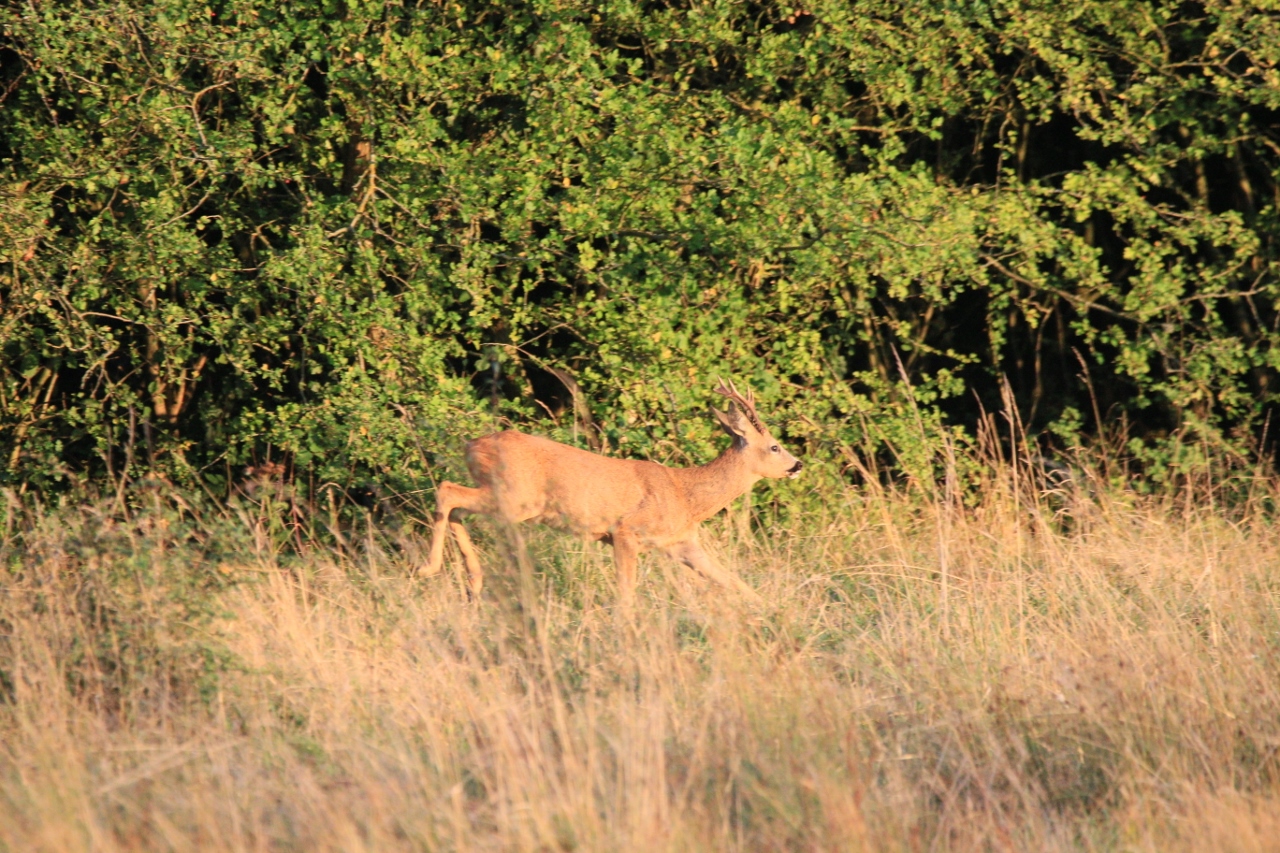
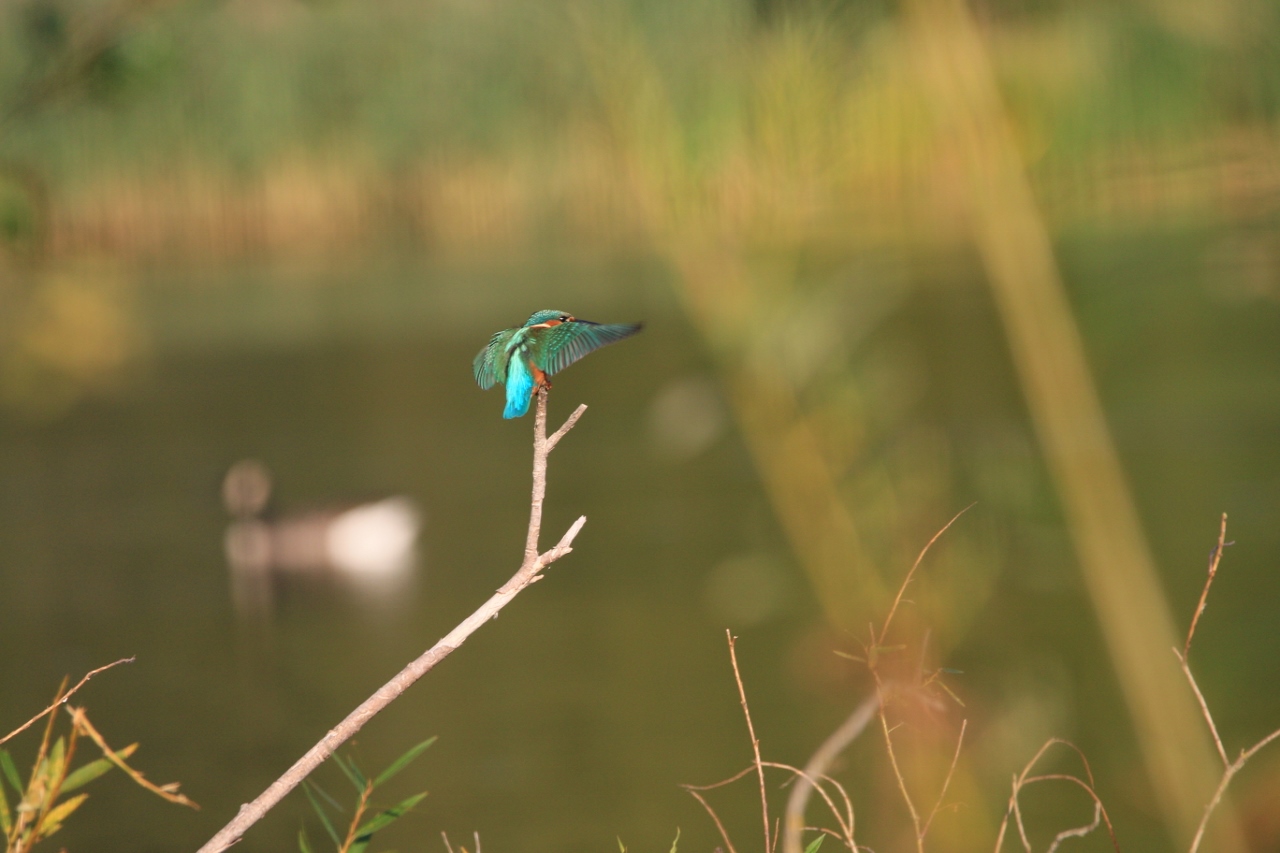
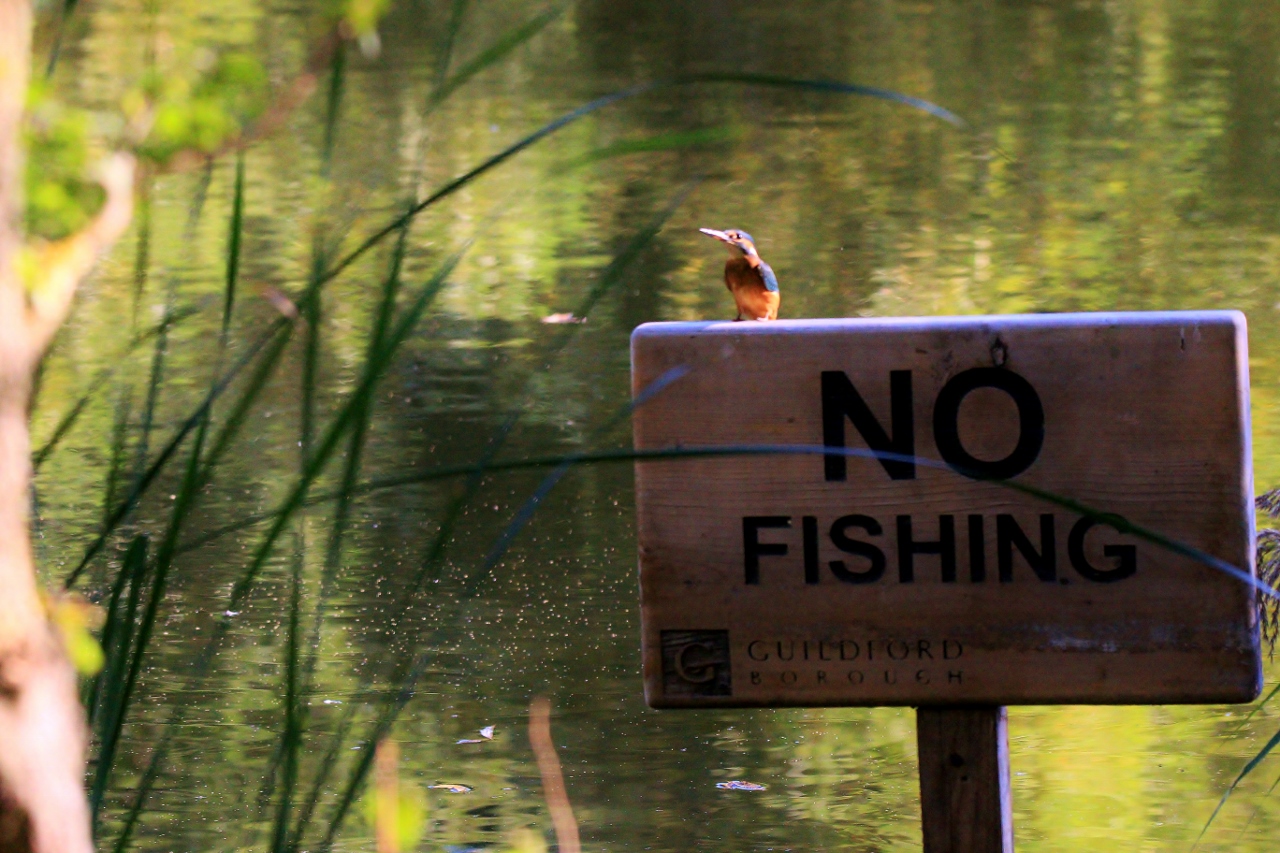
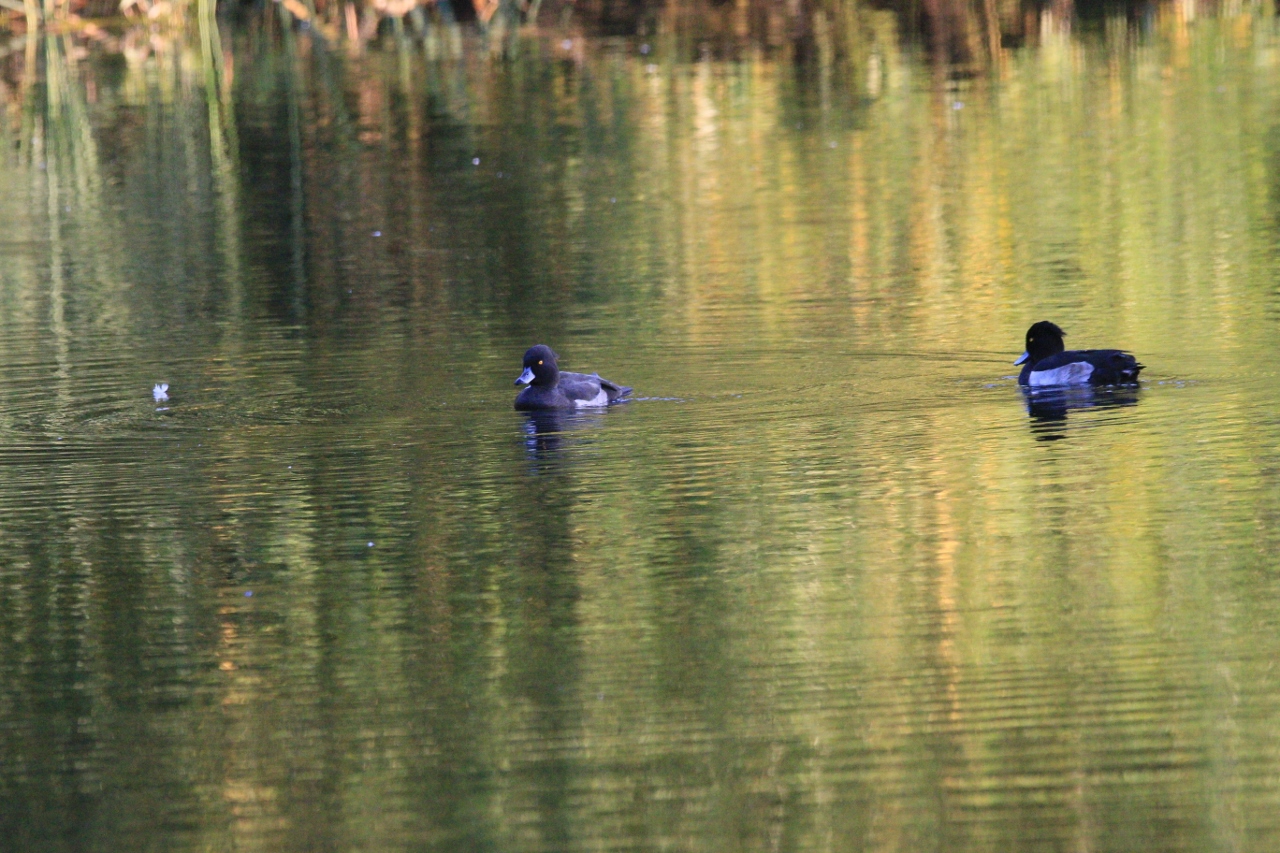
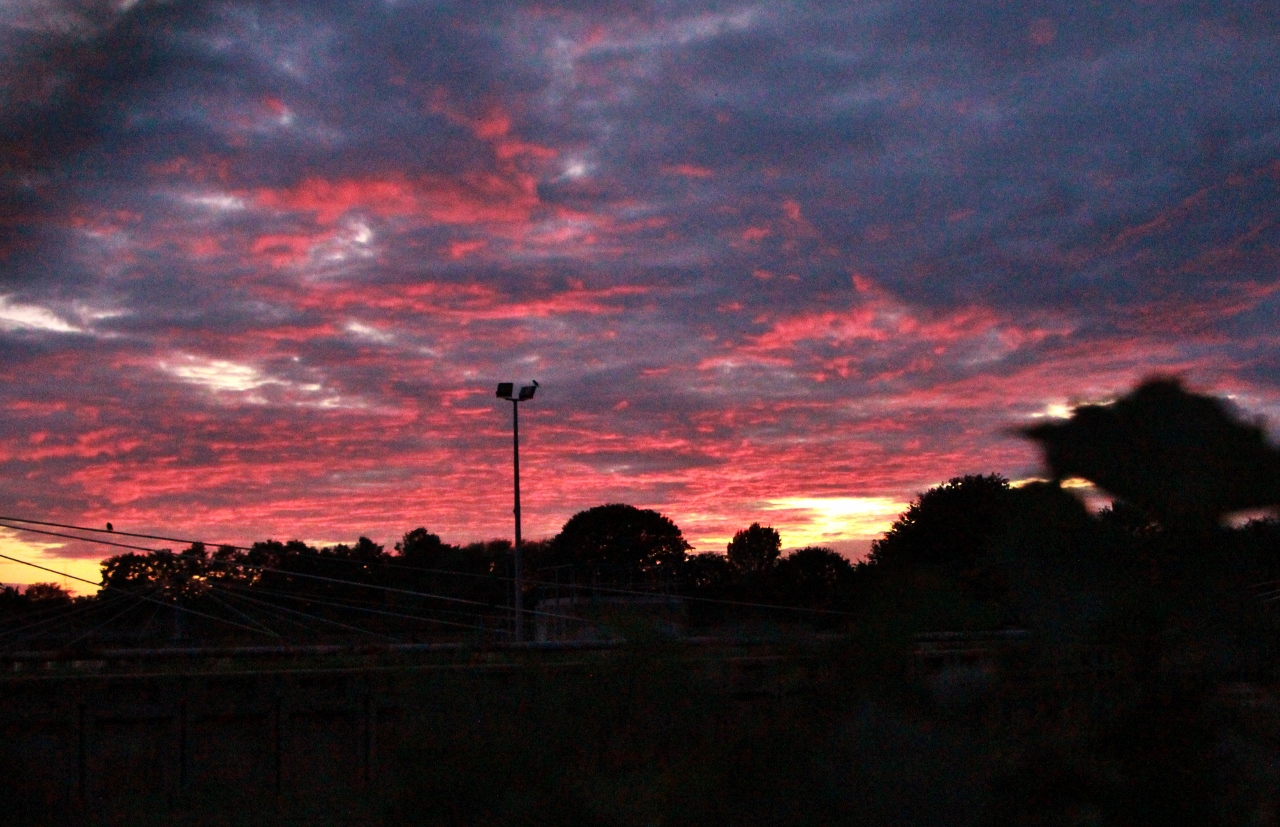



Recent Comments